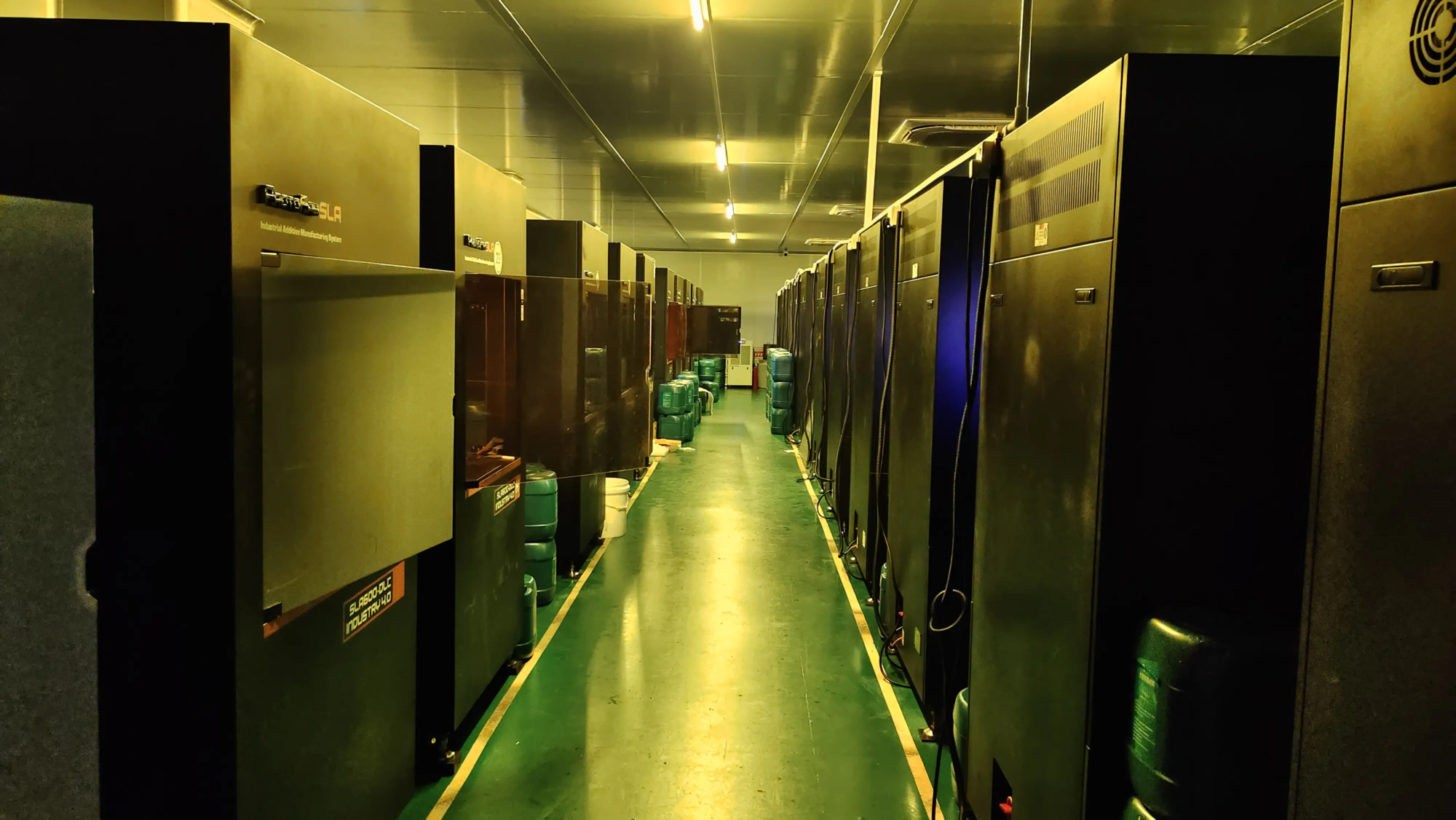As a crucial step in the 3D printing process, adding support in 3D printing can make it possible to successfully create complex geometric shapes and precise details, making it unique. The support is a temporary structure designed to secure the print during printing to prevent its own weight from collapsing or deforming. In this article, we will dig into the world of 3D printing support and explore the importance, types, and best practices of adding them to print.
When it comes to 3D printing, not all objects can be printed without support. Models with overhanging features, such as bridges, arches or complex details, require additional support to maintain their shape and structural integrity. Without support, these features can sag, deform or even fall off the printing bed, resulting in printing failure. Supports may be particularly useful when printed with materials with high or shrinkage tendencies, such as ABS or PETG.
Several types of support are used in 3D printing, each with its own advantages and disadvantages. The most common types include:
- Linear support: These are the most basic types of support, consisting of straight lines connecting the print to the printing bed. Linear support is easy to remove, but may not provide sufficient support for complex geometries.
- Tree-like support: These support is designed to mimic the structure of a tree and has arms of a central torso and branch. Tree-like support provides excellent support for complex models, but can be more challenging.
- Lattice support: Lattice support consists of an interconnected network that provides a high level of support while minimizing material use. Lattice support is ideal for printing complex models with complex details.
Several best practices are kept in mind when adding support to your 3D printing. First, it is crucial to choose the right support material, which should be easy to remove and the risk of damaging the print is low. Common support materials include PLA, PVA and hips. Second, support structures should be designed to minimize material use while providing adequate support. This can be achieved by adjusting the support density, thickness and pattern.
In addition to choosing the right support material and design, it is also crucial to consider the printing direction and placement of the support. Printing directions can significantly affect the amount of support material required, while some directions require more support than others. The placement of the brackets should also be carefully planned to avoid disturbing the moving parts or delicate features of the print.
At Greatlight, a professional rapid prototyping manufacturer, we understand the importance of adding support to 3D prints. With advanced SLM 3D printer equipment and production technology, we can provide high-quality prints with complex geometric shapes and precise details. Our team of experts can help you design and optimize prints, including adding support to ensure optimal results.
All in all, adding support in 3D printing is a critical step in ensuring successful creation of complex geometric shapes and precise details. By understanding the importance of support, choosing the right support materials and design, and taking into account the printing orientation and location, you can achieve high-quality prints with minimal material waste. Whether you are an amateur or a professional, mastering the art of adding support for 3D prints can take your printing skills to the next level.
FAQ (FAQ)
Q: What are the support for 3D printing?
A: Support is a temporary structure designed to hold the print in place during printing to prevent its own weight from collapsing or deforming.
Q: When does it need to be supported in 3D printing?
A: When printing models with overhanging characteristics (such as bridges, arches, or complex details), support is required, which requires additional support to maintain its shape and structural integrity.
Q: What types of support are there in 3D printing?
A: The most common types of support include linear support, tree-like support and lattice support, each with its own advantages and disadvantages.
Q: How to choose the right support material?
A: The correct support material should be easily removed and the risk of damaging the print is very low. Common support materials include PLA, PVA and hips.
Q: Can I not support it?
A: While it can be printed without support, models with complex geometry or dangling are not recommended as they may crash or deform during printing.





